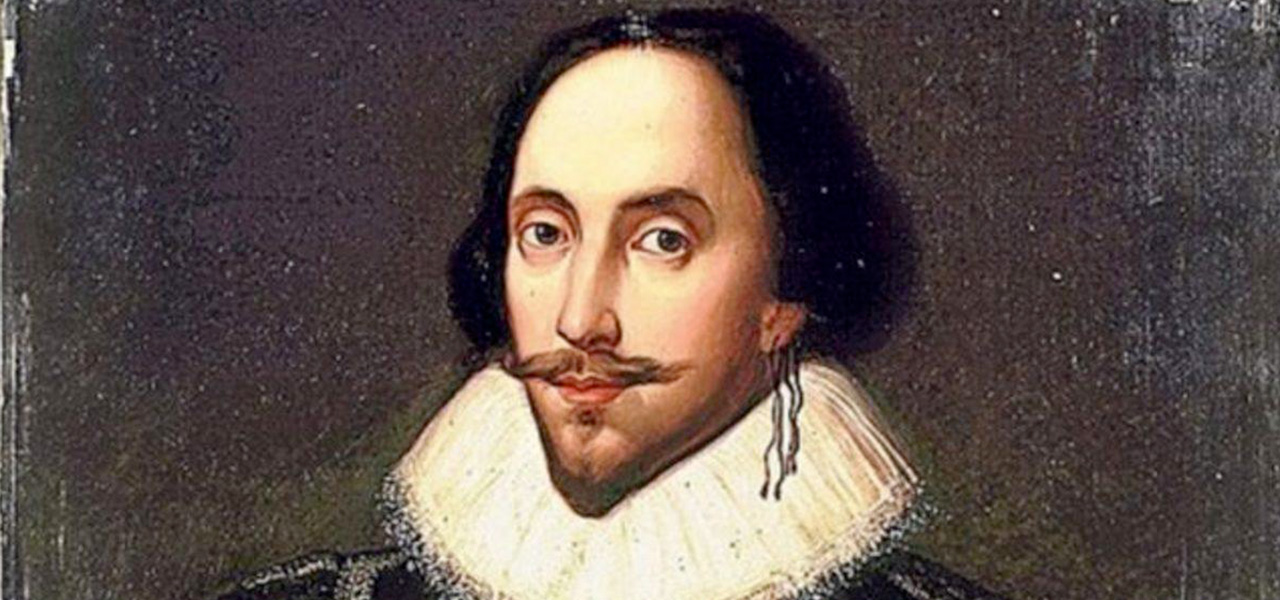William Shakespeare is considered one of the most important playwrights in Western culture; his plays have inspired not only opera composers, but musicians in general, artists, filmmakers, and you name it. He lived in the second half of the 1500s, of his life we know very little, and this has given rise to many theories about his origins. Shakespeare is a mysterious character and perhaps that is also why he turns out to be so fascinating. To date, he is credited with: 39 plays, 154 sonnets, 3 poems, plus other compositions of dubious authorship; a vast production of which, to the general public, the theatrical one is best known. Many were the composers who drew on this part of his production. In this article we will propose 5 operas operas some very well known others less so. Let us go and discover them.
Let’s start with “I Capuleti e i Montecchi” by Vincenzo Bellini, with a libretto by Felice Romani. It was first performed at La Fenice Theater in Venice on March 11, 1830. Romani claims to be drawing on the earlier Shakespeare tradition, in fact the English author also drew inspiration for his works from Italian literature contemporary with him, but the plot of the opera does not deviate too much from the Shakespearean drama of “Romeo and Juliet.”
The second opera is by German composer Richard Wagner and is one of his early works, “The Ban on Love” or “The Novice of Palermo.” It is one of his lesser-known operas. Premiered on March 29, 1836 at the Nationaltheater in Magdeburg, it was a total fiasco as were subsequent performances. But from which Shakespeare play is it inspired? The Wagnerian drama is based on the play “Measure for Measure” with which it shares only broadly the plot, but otherwise changes the setting, some motifs that move the action of the characters and other details.
With the third opera we move to France to learn about Hector Berlioz’s “Béatrice et Bénédict,” first staged on August 9, 1862 at the Theater der Stadt in Baden-Baden, Germany. This opera is based on the drama “Much Noise for Nothing.” The plot of the two compositions is similar, but not the same. Berlioz translated the names of the main characters into French, and while the Shakespearean drama is much more complex and full of twists and misunderstandings, the opera offers a simpler and more straightforward plot.
We return to Italy to talk about one of the Peninsula’s greatest composers, Giuseppe Verdi. Our composer was a great admirer of William Shakespeare. In this context we are talking about “Otello,” composed to a libretto by Arrigo Boito, the first performance of which took place in Milan on February 5, 1887. Compared to William Shakespeare’s drama that begins in Venice and then moves to Cyprus, the action of the opera takes place directly on the Mediterranean island nea; otherwise the two plots are similar and the elements that are missing in the Italian version are very few.
With the last opera we take a leap in time and land on July 9, 1978 at the Nationaltheater in Munich, where the premiere of “Lear,” a drama in two acts by Aribert Reimann with a libretto by Claus H. Henneberg, was held. The plot is the same as in the Shakespearean opera “King Lear” with some adaptations for the stage, for example: the important character of the Fool in the opera play does not sing but speaks, while other two notable characters such as Edmund, Gloucester’s illegitimate son, and the Earl of Kent have very small roles. In short, this contemporary opera succeeds where others had been discouraged, so much so that Verdi himself found it difficult to adapt “King Lear” to the opera stage.
In conclusion, we can say that Shakespeare is among the most widely used literary sources by opera composers. We have not mentioned all the adaptations of “Romeo and Juliet,” such as the Leonard Bernstein’s famous musical “West Side Story,” which are truly many, or other works that draw inspiration from the Bard’s English, but we have chosen the most significant ones in our opinion.


